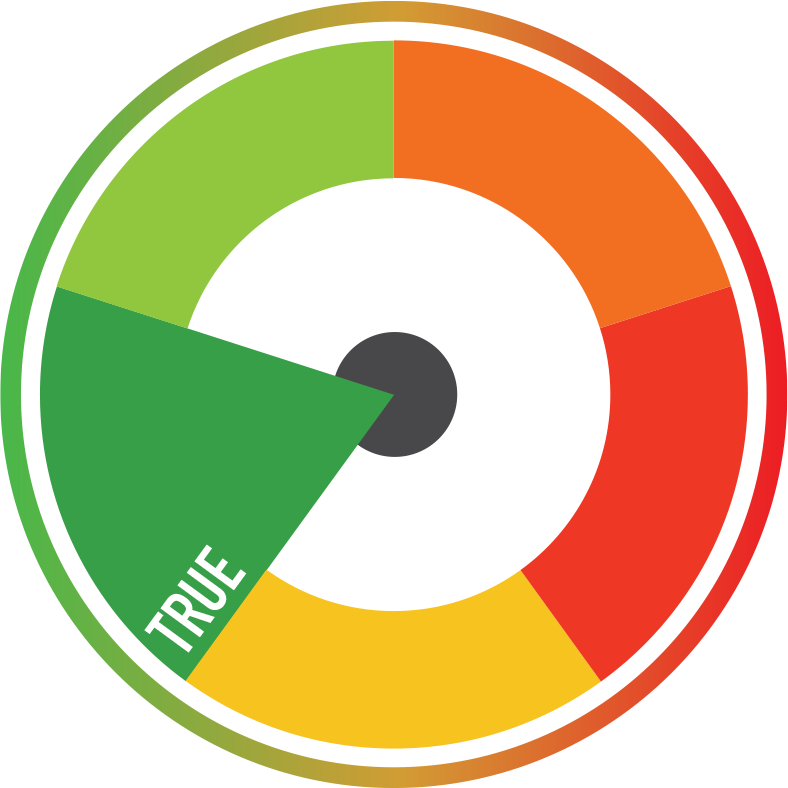Russian Deputy Foreign Minister Alexander Grushko said: “Trade turnover with the European Union decreased in 2020, if you count the UK, by 21% compared to 2019.” The claim was published in the news outlet RT in 22.3.2021, and it seems to be true.

Figure 1: RT article 22nd of March with claim
RT is publicly financed from the budget of the Russian Federation. It is formerly known as Russia Today. The article does not include any statistics or the source of Minister Grushko’s statement. We inquired the source from Russian State Department of European Cooperation. They responded that Minister Grushko’s statement is based on statistics by the Russian Federal Customs Service.

Figure 2: A row from statistics on Foreign trade of the Russian Federation translated to English
Based on the Russian Federal Customs Service statistics Minister Grushko´s claim is true: The decrease in trade turnover is about 21% from 2019 to 2020. We wanted to find statistics from another source to verify the claim.
Statistics are difficult to compare
A problem we faced was the incompatibility of statistics. According to the Finnish Customs differences in statistics can be explained by multiple factors. These can be for example the differences in time frames of publishing information, exchange rates and errors in processing information or classification of merchandise. Different manners of collecting information causes differences in statistics.
One question is how statistics have taken Brexit into account. Conclusive information about the external trade of the UK is difficult to source. This has an effect on interpreting statistics including the whole EU.
A conclusion was reached by analyzing multiple sources
We used the Eurostat-database when analyzing the amount of trade turnover decrease.The numbers for volume of trade in the year 2019 match Minister Grushko’s statement when converted to dollars.
The Eurostat-statistic does not include the correct volume of trade for the year 2020. This is because of the changes to data-gathering caused by Brexit. This means that the statistic is missing information on UK trade from February to December of 2020 according to the Eurostat media support.

Figure 3: Statistics on exports between the EU (and the UK) and Russia. We used the following settings: Total products, reporter Russian Federation, and value in euros.

Figure 4: Statistics on imports between the EU (and the UK) and Russia. We used the following settings: Total products, reporter Russian Federation, and value in euros.
To find an information source for the correct amount of trade of the UK in 2020 we used information by the European Commission Directorate-General for Trade. The numbers in this statistic are by the International Monetary Fund. This statistic matches Minister Grushko’s statement as in the volume of trade in the year 2020.

Figure 5: Statistics on Russia’s trading partners by the European Commission Directorate-General for Trade (Source: IMF). Here we found the numbers on UK trade in 2020 that match Minister Grushkos statement when exchanged to dollars.
Conclusion
In short, it´s true that the volume of trade between the EU and Russia has decreased 21% in 2020 according to the Russian Federal Customs Service. This was verified by Eurostat regarding the year 2019 and the statistic by the European Commission Directorate-General for Trade regarding the year 2020. Therefore the claim is true.
Leave your comments, thoughts and suggestions in the box below. Take note: your response is moderated.
RESEARCH | ARTICLE © Pertti Lappalainen, Emma Ryhänen, Saga Tanner. Haaga-Helia University of Applied Sciences, FI





